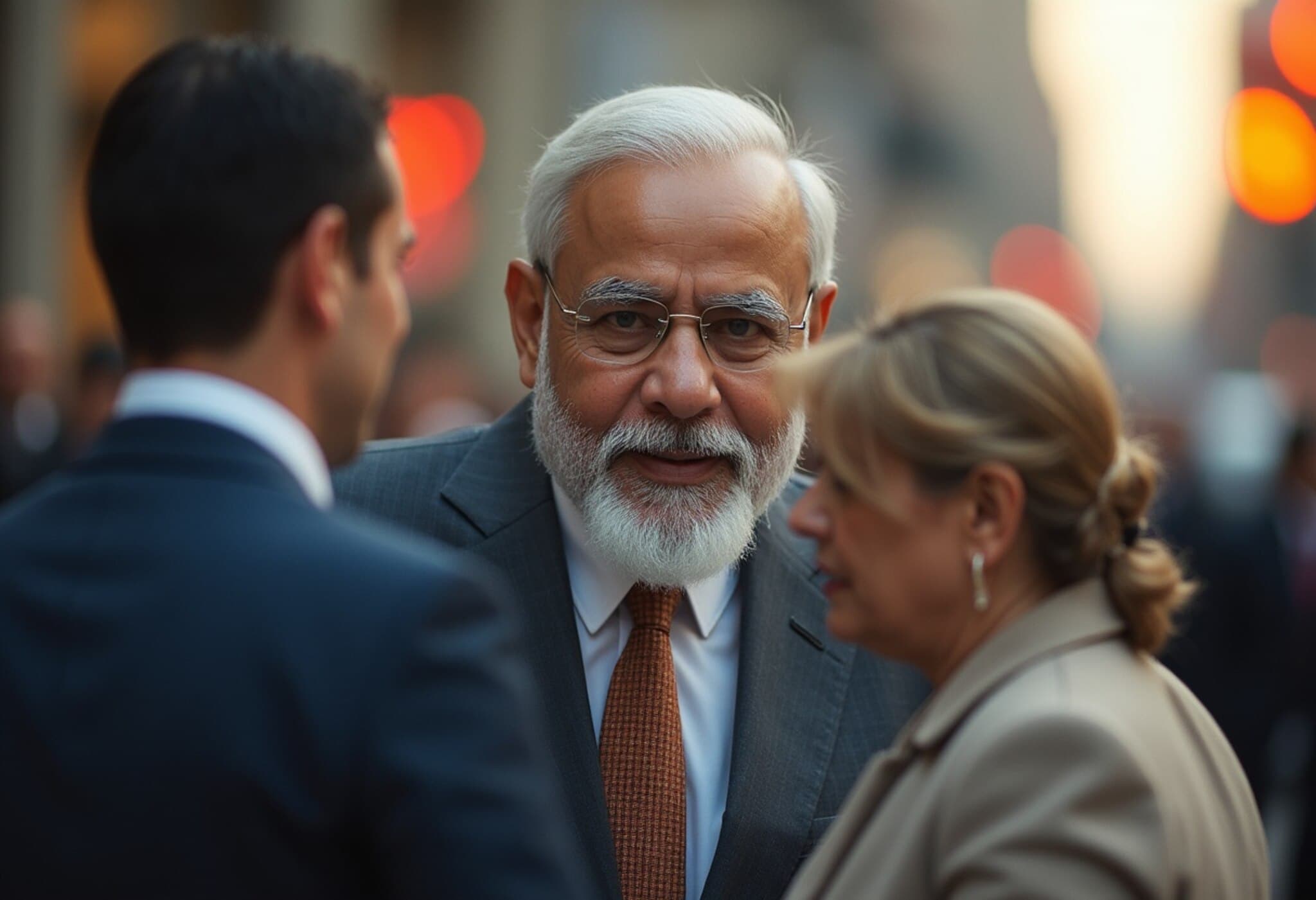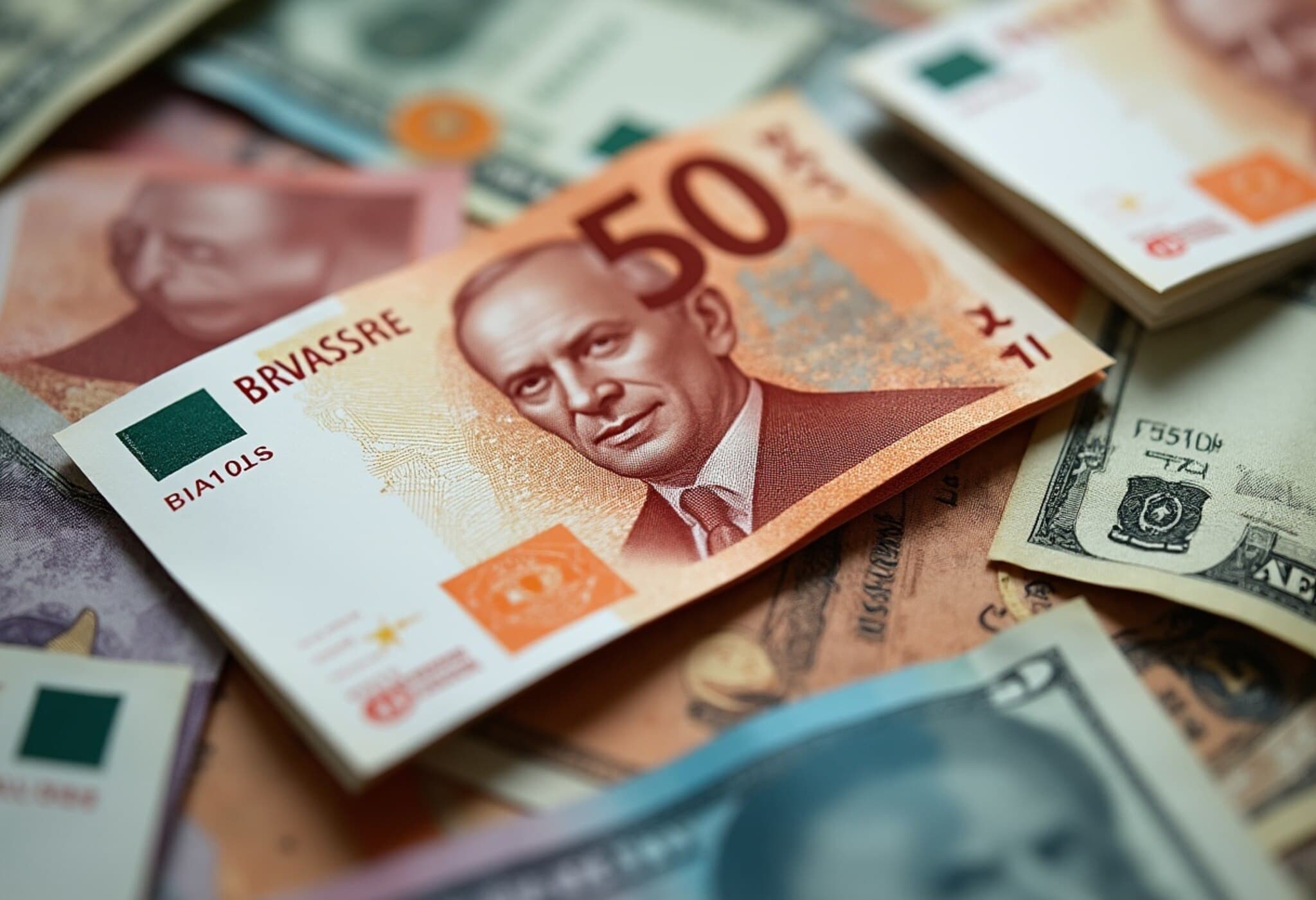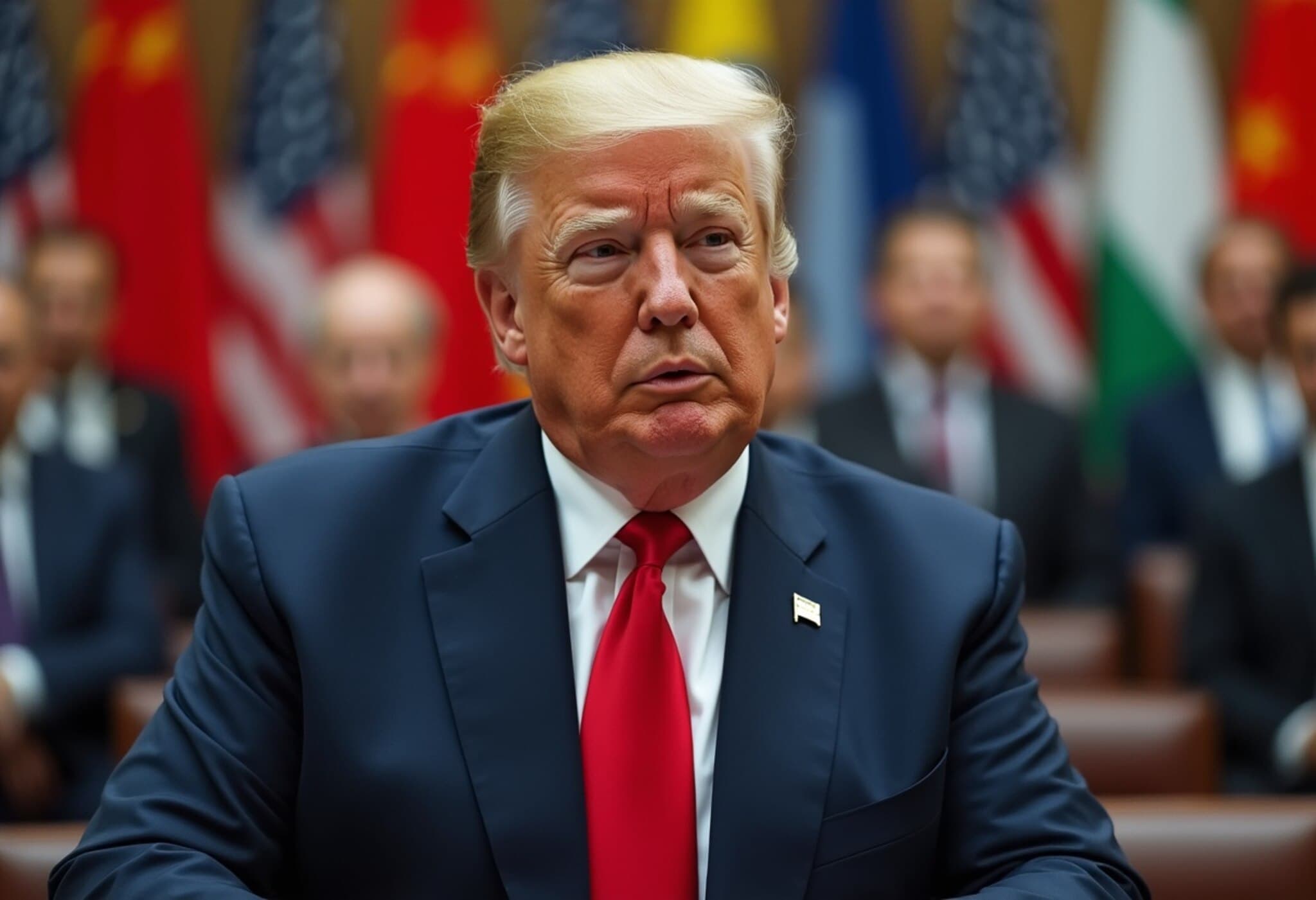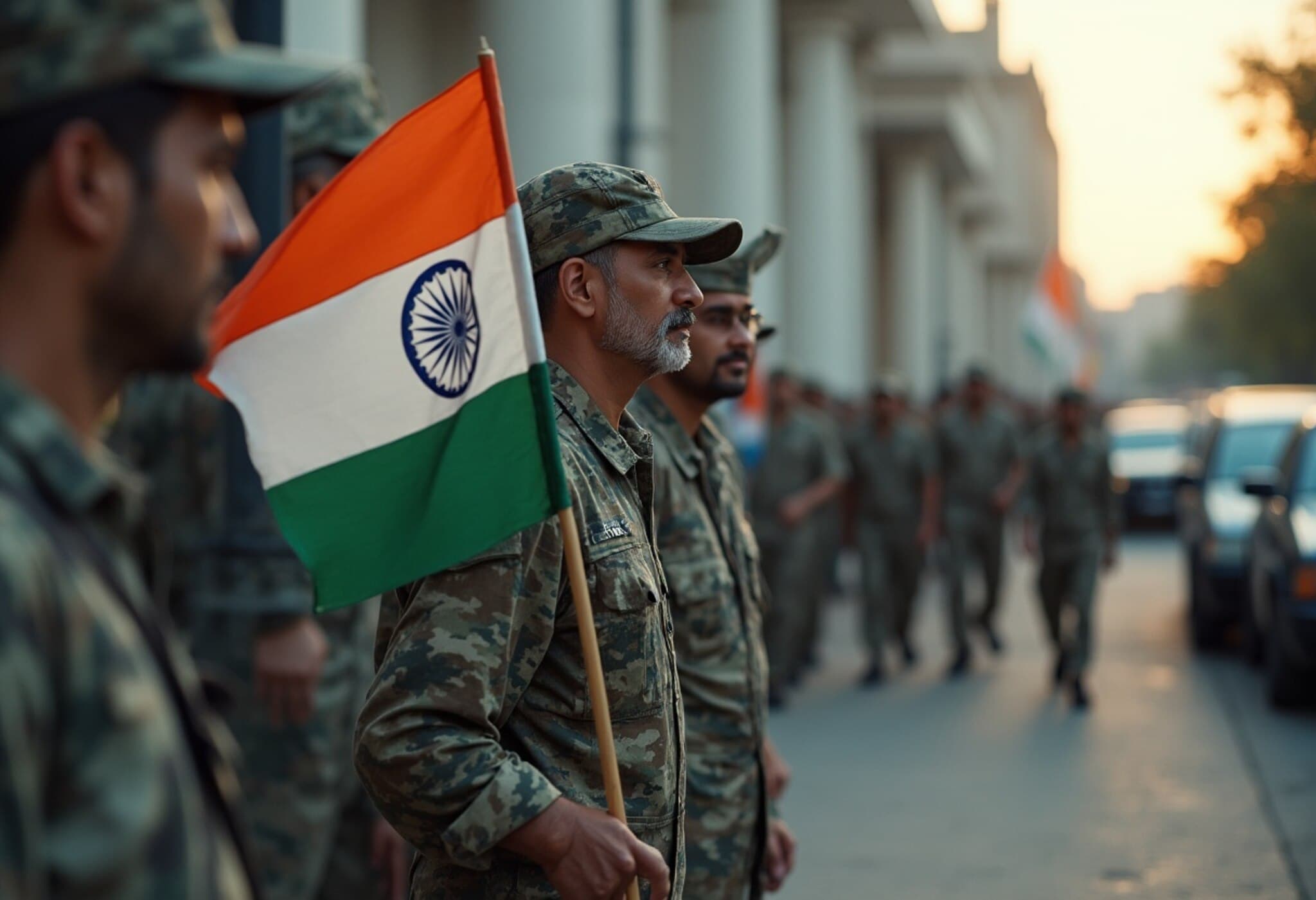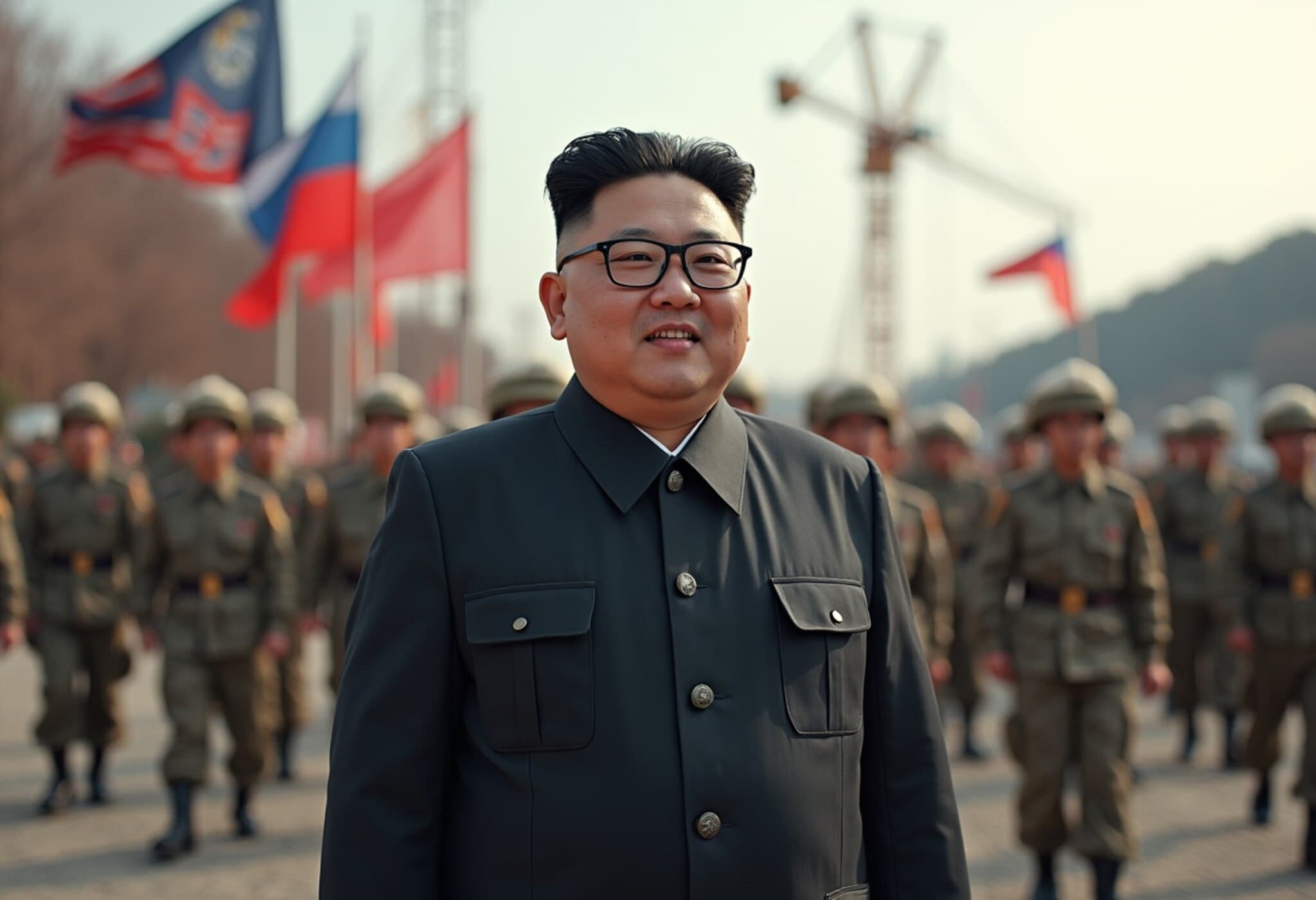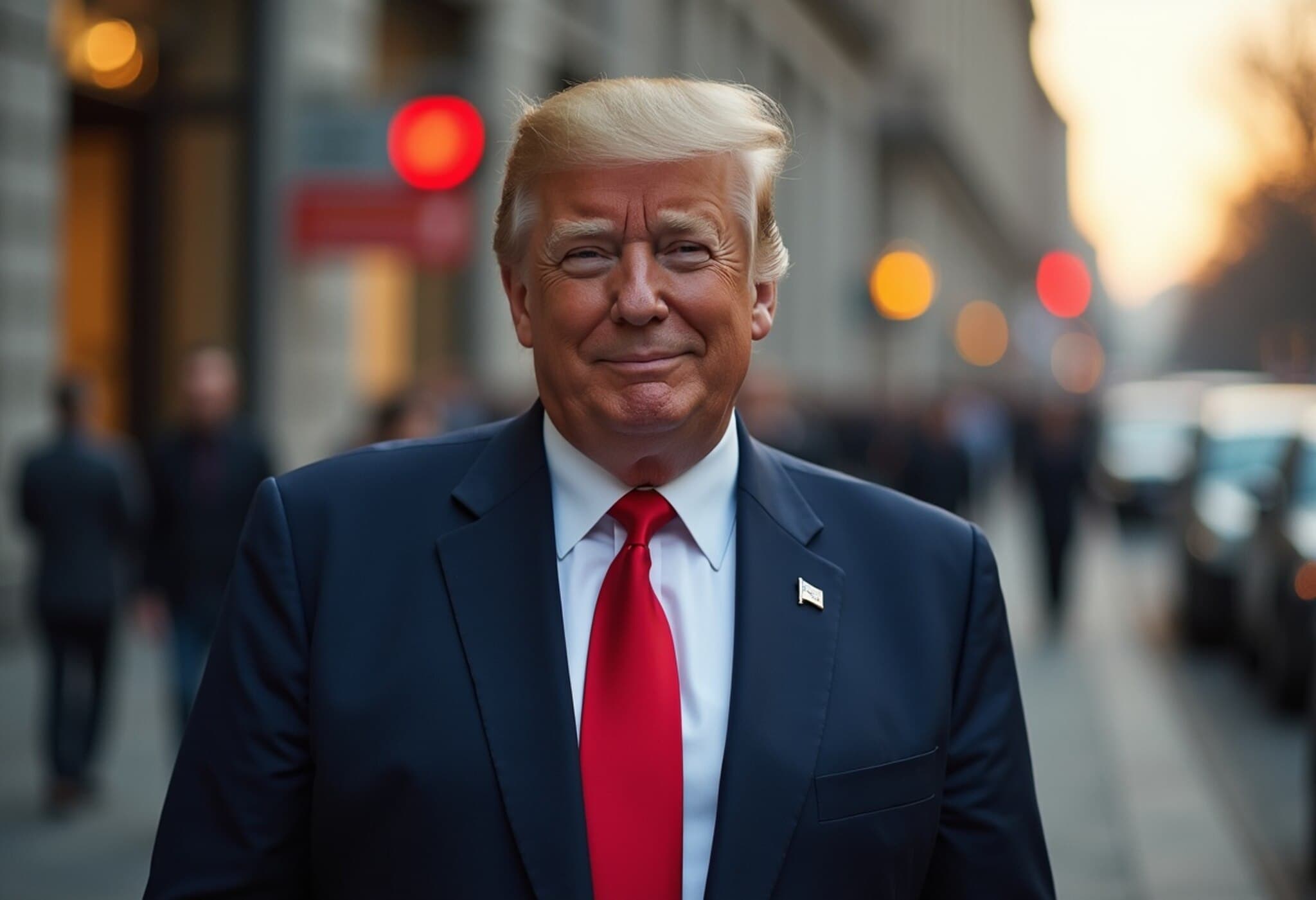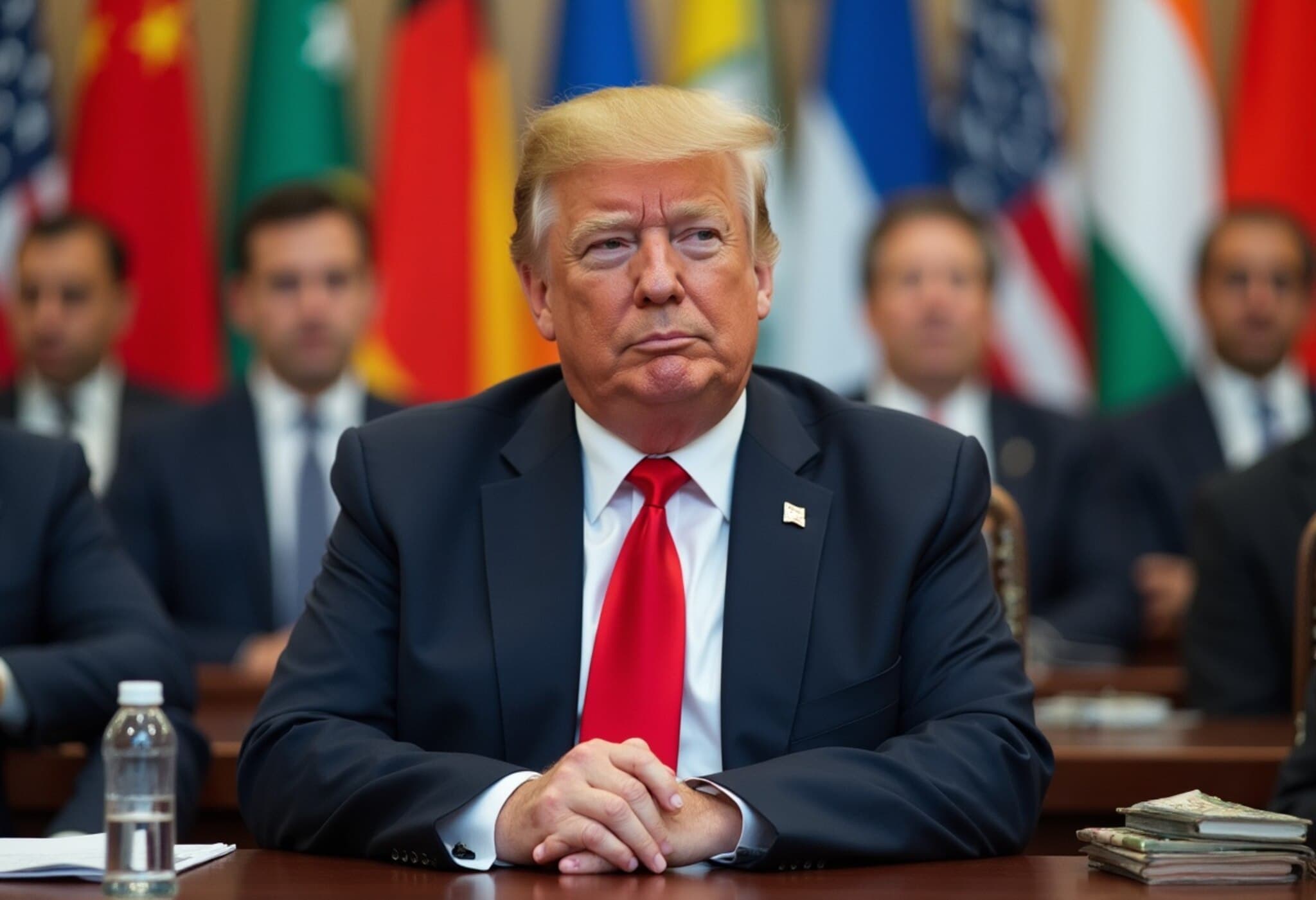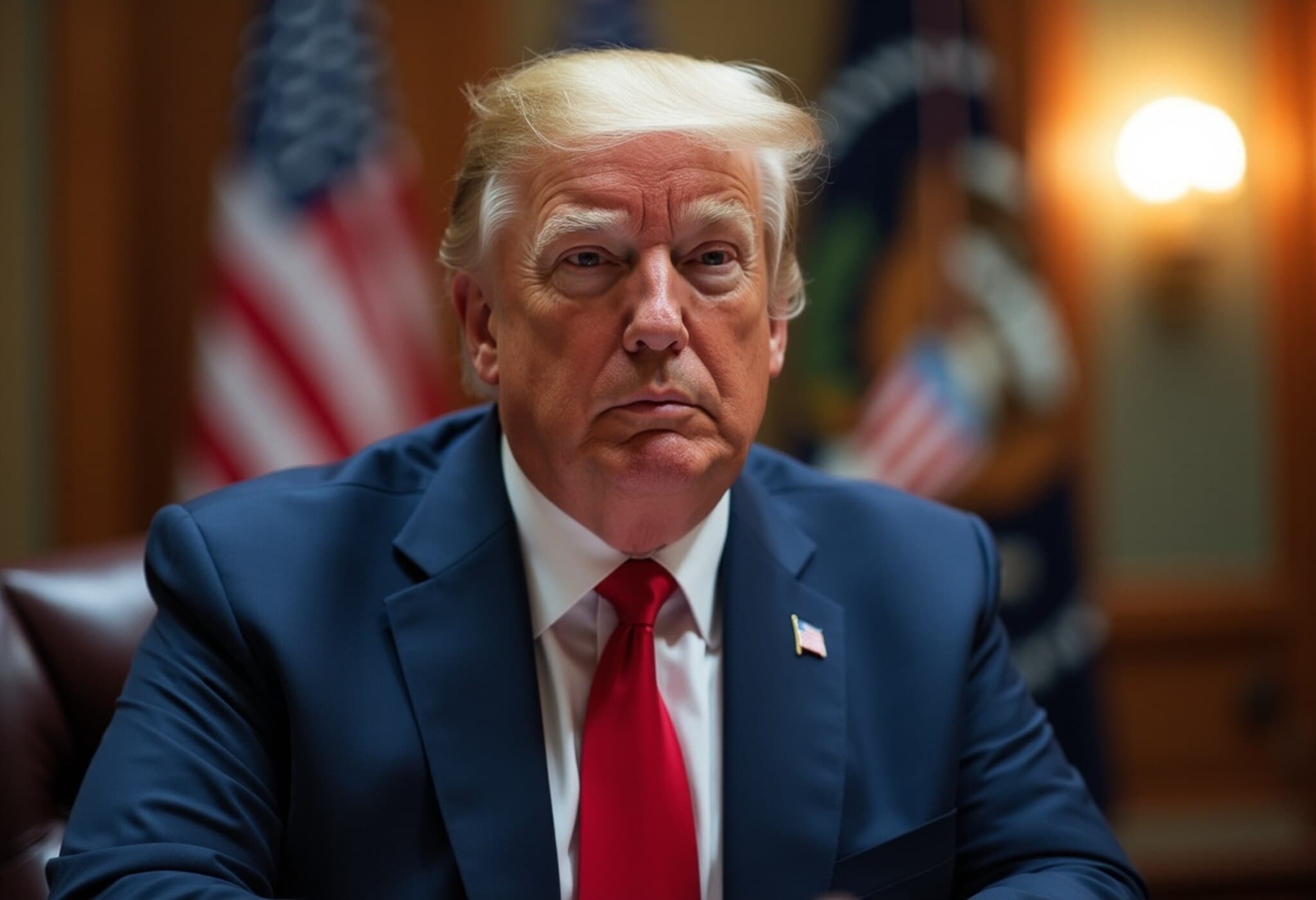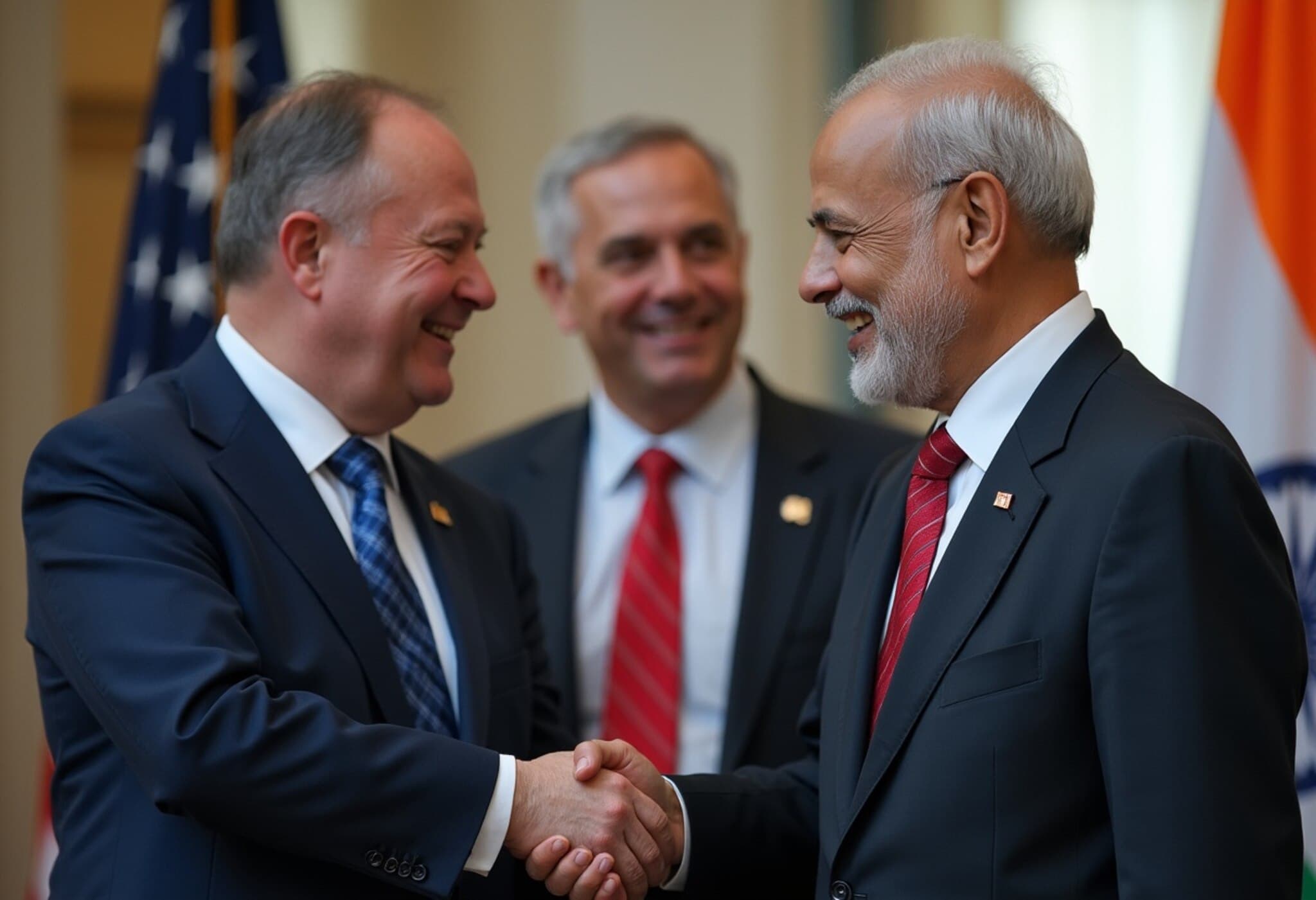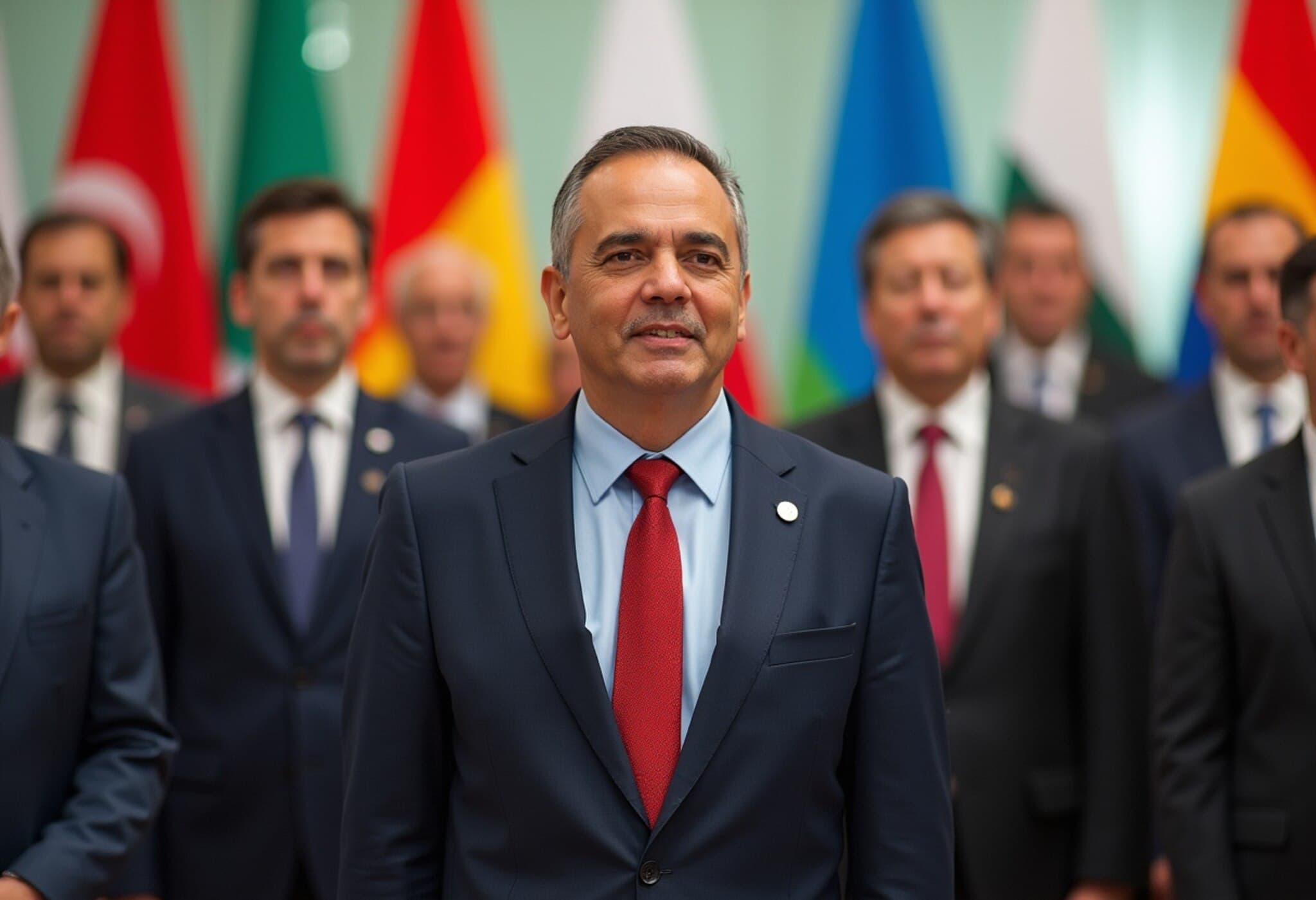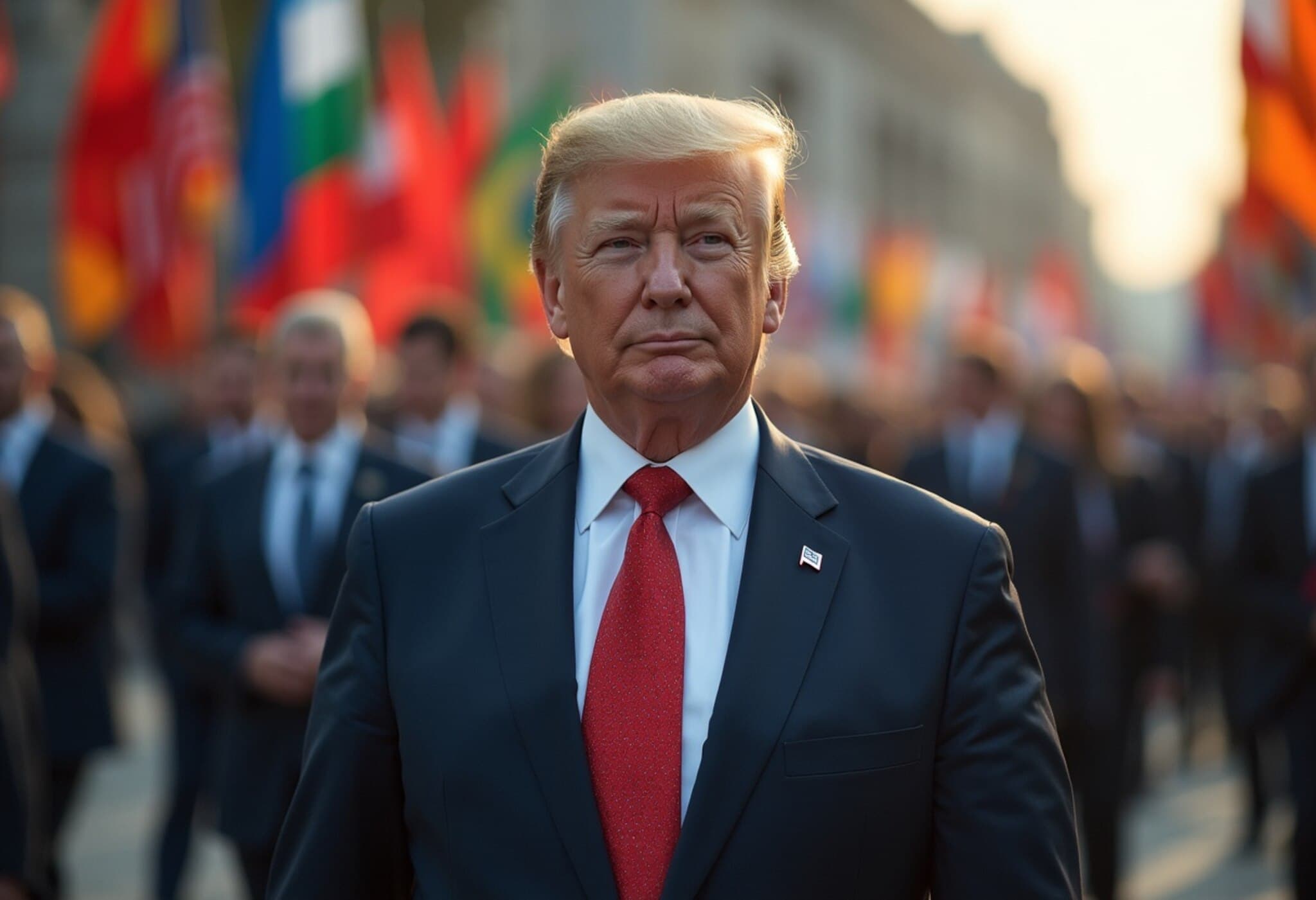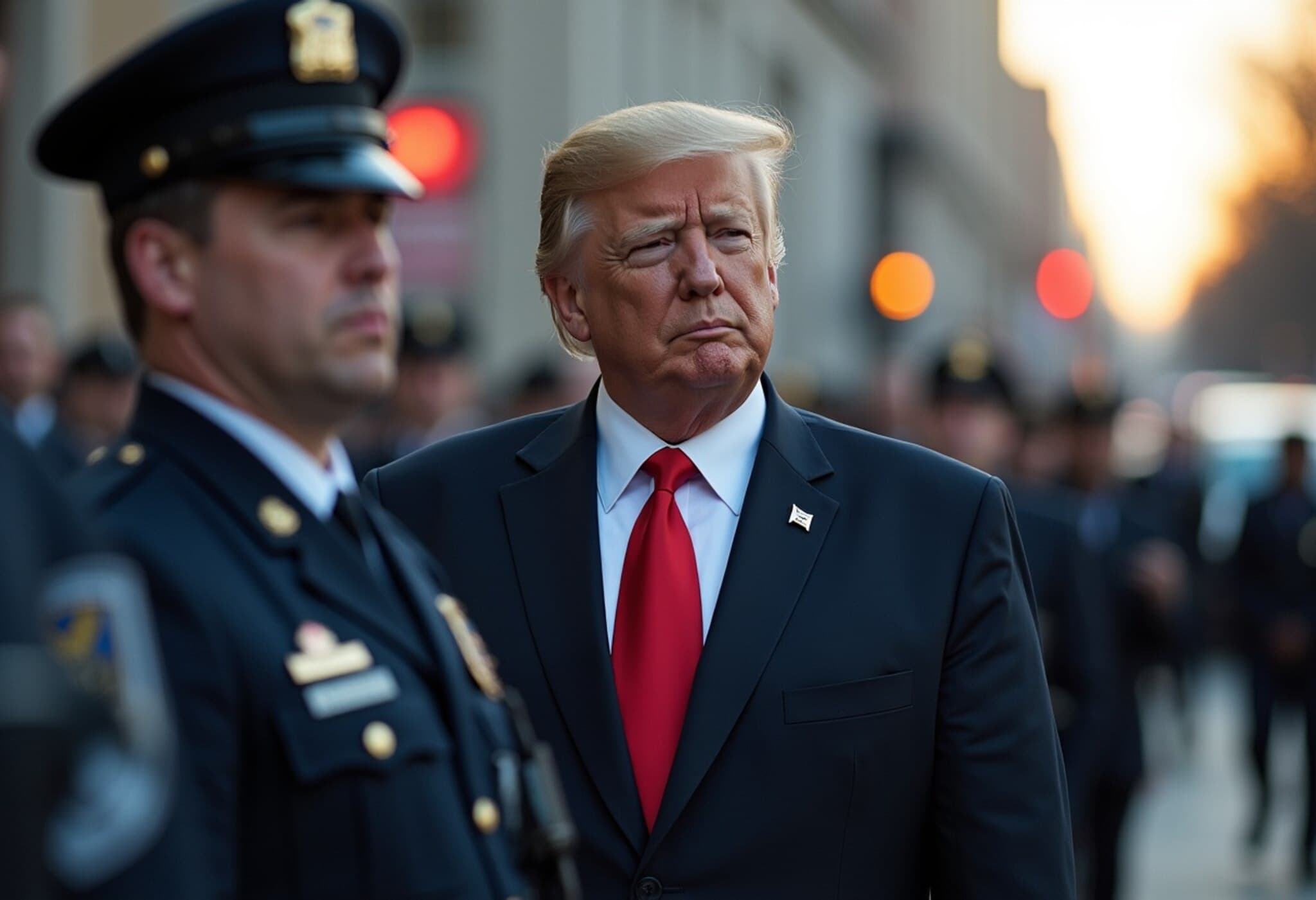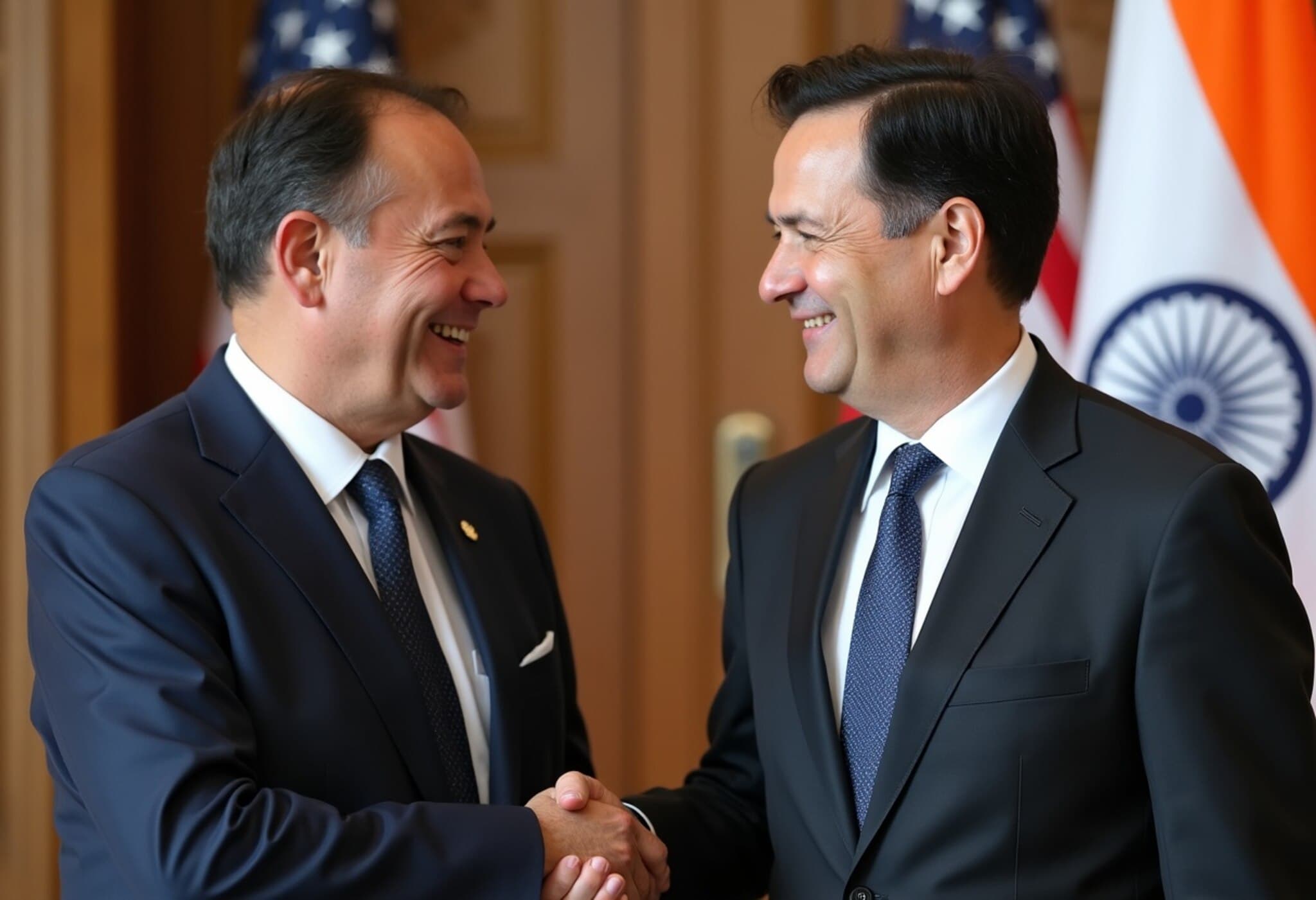India Reaffirms Commitment to Dollar Despite Rising US Tariff Pressures
On August 15, 2025, India’s Ministry of External Affairs (MEA) firmly stated that de-dollarisation—the move away from using the US dollar in international trade—is not part of its current financial strategy. This declaration comes amidst escalating tensions with the United States, including controversial tariffs imposed by the Trump administration targeting Indian imports.
MEA’s Clear Stand Amid Global Currency Debates
MEA spokesperson Randhir Jaiswal addressed the media during a weekly briefing in New Delhi, dispelling rumors fueled by discussions within the BRICS bloc (Brazil, Russia, India, China, South Africa) about exploring alternative trade currencies. He emphasized, “We have made our position very clear on this issue earlier as well. De-dollarisation is not part of India’s financial agenda.”
This clarification follows Brazilian President Luiz Inácio Lula da Silva’s recent advocacy for a potentially new trade currency within BRICS—aimed at reducing reliance on the US dollar, a suggestion that has drawn mixed reactions globally.
Contextualizing the US-India Economic Strains
The backdrop to this announcement includes US President Donald Trump imposing hefty tariffs on India, citing the country's continued purchase of Russian oil amid the ongoing Ukraine conflict. Washington contends these purchases indirectly support Moscow, thereby challenging India’s balancing act between strategic partnerships and economic interests.
Adding to the complexity, Trump has also levied a 50% tariff on imports from Brazil starting August 1, while criticizing the judicial proceedings against former Brazilian President Jair Bolsonaro as a “witch hunt.” Such moves signal a broader US approach of economic pressure on geopolitical rivals or partners pursuing divergent policies.
BRICS’ Currency Debate: A Closer Look
Brazilian President Lula’s call for a dedicated BRICS trade currency reflects rising concerns about dollar dependency in a multipolar world. He stated, “There is a need to have a trade currency between us and the BRICS. I do not reject it because we must test; if the testing fails, then I would be wrong.”
While such initiatives resonate with China and Russia’s long-term goals of de-dollarisation, India’s stance appears more cautious. Experts suggest India values its strong dollar reserves and the global stability associated with it, especially in light of its economic growth ambitions and foreign investment requirements.
India’s Diplomatic Balance: Engaging BRICS While Protecting Interests
India continues active participation within BRICS, focusing on “issues of shared interest” while safeguarding its own economic and strategic priorities. Following Prime Minister Narendra Modi’s recent communication with Lula, invitations have been extended to strengthen bilateral ties.
Analysts note this approach allows India to maintain multilateral cooperation without disrupting its financial steadiness or alienating the US, crucial given the intertwined commercial and security frameworks at play.
Expert Commentary
Dr. Arvind Kumar, an international economic policy analyst, remarks, “India’s rejection of de-dollarisation at this juncture highlights a pragmatic recognition of the US dollar’s dominance in global trade and finance. While BRICS discussions are important for fostering multilateralism, India’s economy benefits from currency stability and access to international capital flows that the dollar system currently provides.”
He adds that any shift away from the dollar will require extensive groundwork, infrastructure, and political consensus, which BRICS members are still far from achieving.
Looking Ahead
As geopolitical rivalries intensify and nations pursue alternatives to traditional financial mechanisms, India’s position showcases a strategic balancing act between embracing emerging global paradigms and managing its immediate economic realities.
Key questions remain about how India will navigate future trade tensions, the evolving BRICS agenda, and US-India relations under continued tariff strains.
Summary: What This Means for Global Finance
- India’s reaffirmation of dollar usage signals stability amid currency experiments in BRICS.
- US’s tariff policies reflect a broader strategy to influence allies’ energy and trade alignments.
- BRICS currency proposal remains exploratory and uncertain in impact.
- India seeks to retain multilateral ties without compromising economic interests.
Editor’s Note
India’s stance against de-dollarisation amid US-imposed tariffs underscores a nuanced diplomatic dialogue at the intersection of economics and geopolitics. While alternative trade currencies are gaining traction in emerging blocs like BRICS, the enduring primacy of the US dollar continues to shape India’s pragmatic financial policies. Observers should watch how evolving US-India relations and BRICS dynamics influence global economic realignments in the coming years.

